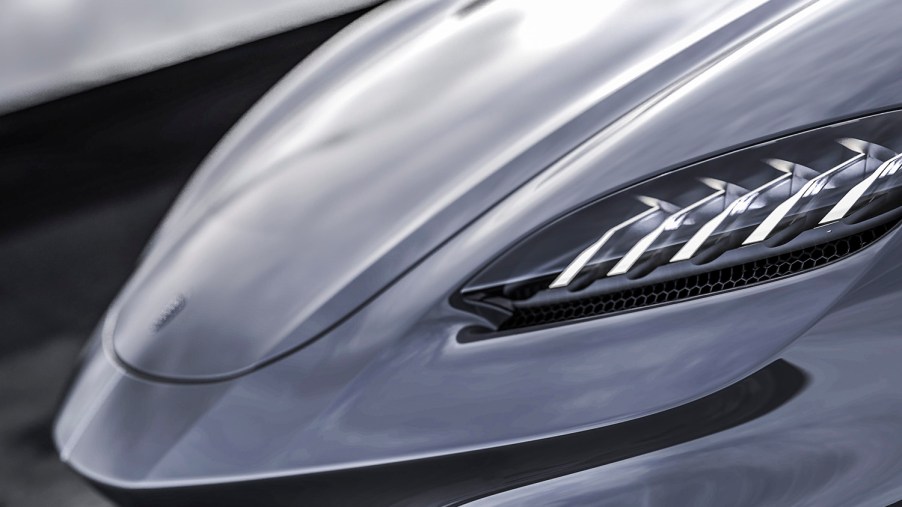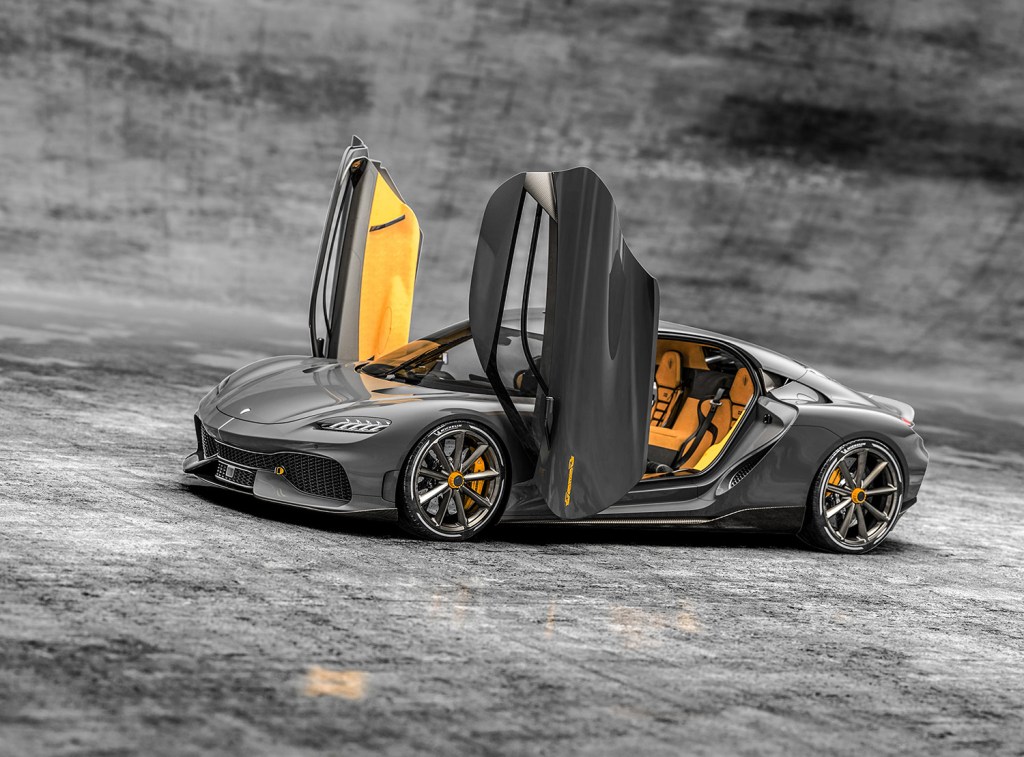
This 3-Cylinder Engine Makes 600hp
Traditional car enthusiasts and classic car owners live by the phrase “there is no replacement for displacement,” or essentially, that bigger motors are inherently better. Fast forward to the year 2020 where we have moved forward from large, naturally aspirated engines to boosted engines sporting superchargers and turbochargers and producing just as much, if not more, power. As boosted 4-cylinder and 6-cylinder motors skyrocket in popularity, there is one engine no one expected to make impressive horsepower: a measly 3-cylinder.
At the “one-man show” that turned out to be the Geneva Motor Show after it was officially canceled this year. Christian Von Koenigsegg decided that he and his team had spent far too much time on their new cars and display to go home without a show. The Koenigsegg team unveiled what might be, the most revolutionary hypercar we will see in this century.
The Gemera
Christian Von Koenigsegg wanted to design a hypercar with the power and performance of his more popular lineup, but more family-centric. Enter, the Gemera. The Gemera is a four-seat, two-door grand tourer with some stunning and surprising design features. Aside from aesthetics, there might be one thing that’s more surprising, and that’s that this hybrid hypercar has a 3 cylinder traditional combustion engine that makes almost 600hp.

The 600hp claimed is produced only by the combustion engine, and doesn’t take into account the additional 1,100hp of the three electric motors that the car has. So how do they get 600hp out of a 3-cylinder engine?
For one thing, the combustion engine is boosted by a twin-turbocharger setup that provides a stock 29psi of boost to the engine. The engine is designed to rev high as well as hold a lot of boost reliably. The pistons inside of the cylinders are designed to move more quickly than in a standard 3-cylinder engine and even faster than other high-revving engines, meaning the Gemera can be revved to surprisingly higher numbers and allowing the engine to produce more power.
A 3-cylinder hybrid with power
The 3-cylinder in the Gemera is camless, or as Koenigsegg prefers to call it, Freevalve. Because there is no camshaft responsible for the cycling of the engine’s valves. Instead, the valves are controlled individually by actuators that allow the valve to lift completely when required, instead of lifting gradually as the lobe of a camshaft spins and pushes the valve open. Because of this, the valves are open more widely for a longer period of time, thus allowing more air to flow into the engine.
Koenigsegg has been pushing the boundary of design and engineering to produce faster and more reliable cars. As hybrid cars and fully-electric cars grow in popularity, it’s exciting to see smaller engines being able to produce what we have up until recently, considered impossible amounts of power for a 3-cylinder engine. With a combined horsepower of 1,700hp, it is clear that hybrids can hold their ground in the world of hypercars.


